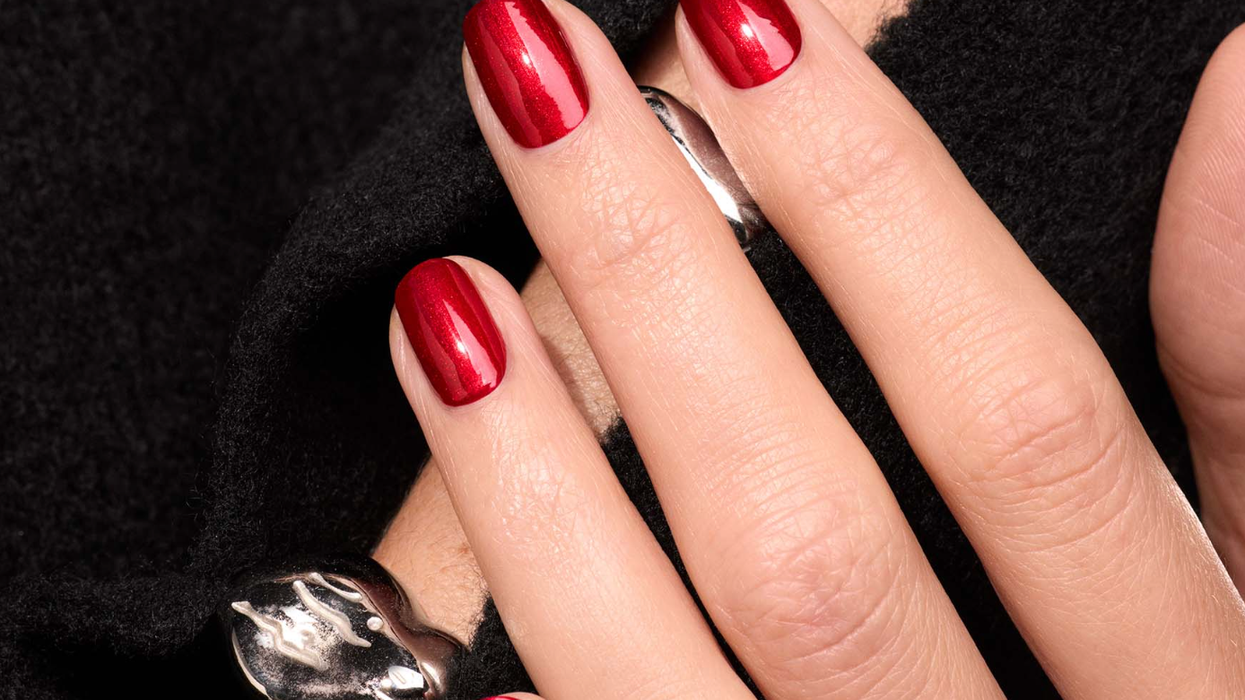To juice or not to juice.
I Drank Celery Juice Every Day for a Month, Here’s What Happened

Workout trends and diet challenges are kind of my thing. Whether it’s cutting out all the (delicious) carbs, substituting oat milk everywhere, or Rumble boxing on the reg, testing millennial health fads is oddly satisfying for me. So it should come as no surprise that learning about The Global Celery Juice Movement from my wellness-obsessed, yogi sister, intrigued me. According to the movement’s founder, and celeb-favorite author Anthony William’s website, “Celery juice, when consumed in the right way, is a powerful and miraculous healing remedy and people are noticing the benefits it provides, such as clearer skin, improved digestion, less bloating, sustained energy, better mental clarity, weight loss, and stable moods, just to name a few.”
It was clear that the potential health benefits far outweighed my primary concern that straight celery juice would taste gross, so I cautiously and optimistically jumped on the health trend bandwagon. For the next month, I followed Williams Celery Juice 101 instructions, AKA “the right way,” drinking 16 ounces a day of straight celery juice every morning on an empty stomach, and then waiting 15 to 30 minutes before consuming anything else.

At the end of my 30 days, I was probably the most hydrated I’ve ever been in my life and I’d even started to crave the salty, fibrous flavor of the kelly green liquid. But I couldn’t detect anything else significantly noticeable. Pesky pimples still came and went, my weight remained the same, and I didn’t feel mentally clearer or more energized. I began to wonder where William was getting all of this information from, and who — aside from celebs like Gwyneth Paltrow and Pharrell — were reaping these apparent benefits. I decided to investigate.
After reaching out to a number of different experts — including William — I found that there was no research to support his claims. I discovered a few toxicity studies that had been performed on rats with promising results, but nothing on humans. “The bottom line is that we just don’t have human data to suggest a benefit,” says Dr. Michael Greger, founder of NutritionFacts.org. “Celery has [just] never been put to the test.”

In my quest for more info, I discovered that consuming too much celery can actually increase levels of toxicity in the blood. Celery contains compounds called psoralens which create sunlight sensitivity that can cause severe, blistering burns. Greger recommends avoiding tanning beds and excessive sunlight after ingesting any amount of celery. Once I put the more extreme, and unproven, health benefits aside, I wondered if there was any point to continue my daily juice regimen. Celery is a good source of nitrates which can help lower blood pressure, decreasing the risk of cardiovascular disease. It’s also hydrating, as I experienced firsthand. But what else is actually *proven* to make celery juice so impressive? And why should I juice it every morning instead of just occasionally eating it raw?
“The mentality is the problem,” says Greger. “The thought that it’s a kind of magic bullet and that we just found a magic superfood.” Instead of putting all your celery stalks in one basket, he suggests consuming lots of whole fruits and veggies — no juicer required. And the secret to really living your healthiest life? According to Greger, it’s avoiding trans fats, processed meats, and soda. “If you could just have three things in your diet it should be berries, greens, and beans.” Since celery is a green, it’s safe to say that ingesting it is beneficial to your health — just remember to avoid tanning salons, excessive sun exposure, and don’t expect anything too miraculous to happen.
(Illustrations by Casey Callahan)
RELATED: The 15-Minute Practice That Could Change Your Eating Habits for Good













